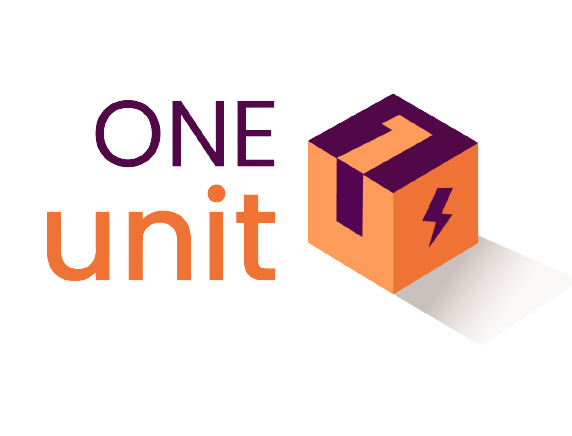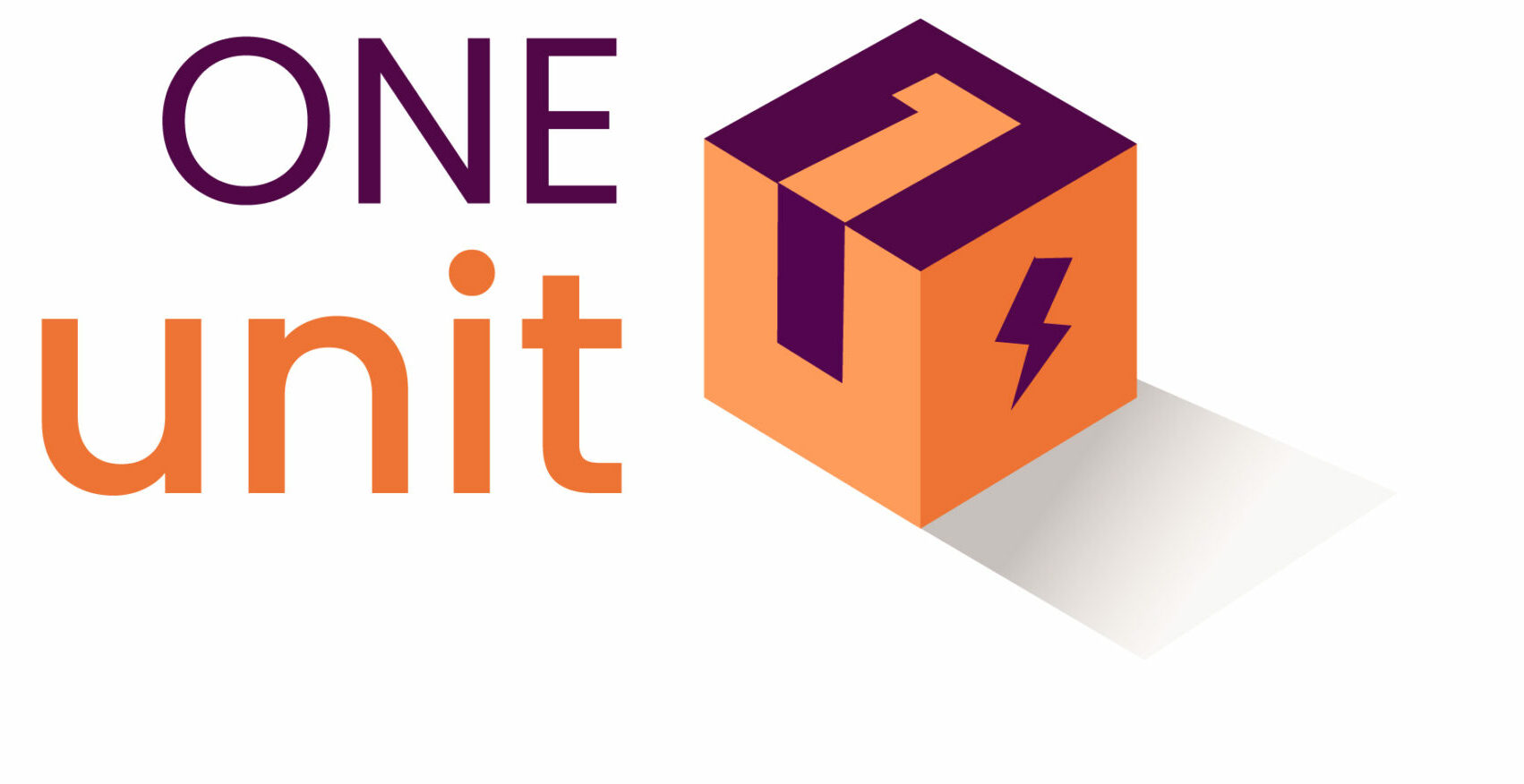Phase Rotation
Phase rotation, also known as phase sequence, refers to the order in which the voltage waveforms of a three-phase electrical system reach their peak values. In a three-phase system, there are three separate voltage waveforms that are 120 degrees out of phase with each other. The order in which these waveforms reach their maximum values determines the phase rotation of the system.








